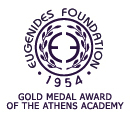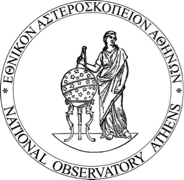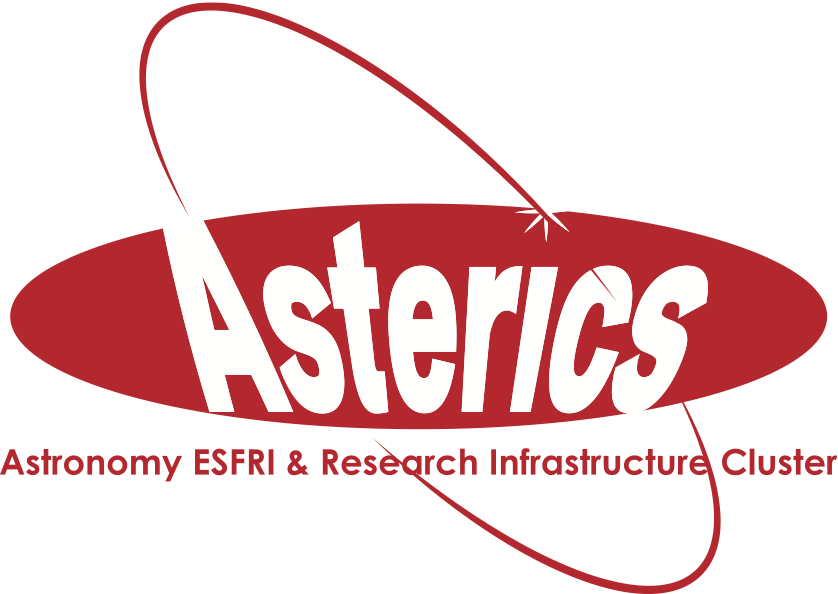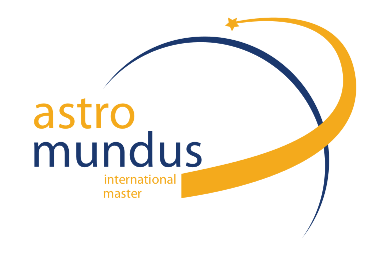|
Special Session SS10
8 July 2016
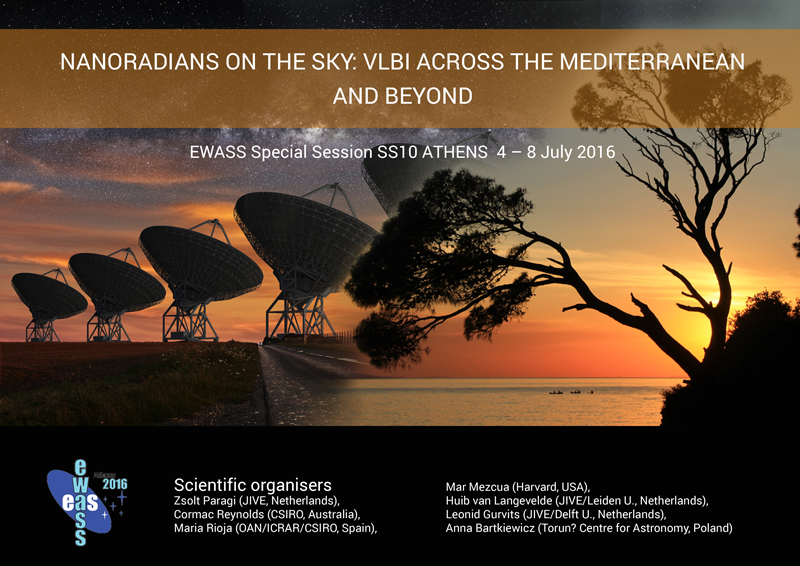
Aims and scope
The Square Kilometre Array (SKA) will excel -among other things- in very long baseline interferometry (VLBI), thanks to the formation of several tied-array beams of SKA1-MID (South Africa). Its location is ideal for co-observing with the European VLBI Network (EVN). VLBI observations will significantly enrich various SKA science applications, such as accurate measurements of proper motions and parallax distances for Galactic objects, parsec-scale studies of AGN activity and star formation in galaxies at high redshifts, and probing explosive phenomena at unprecedented resolution. The SKA will issue a call for Key Science Programmes (KSP) around 2018. The first SKA Key Science Workshop was held in August 2015 in Stockholm, initiating a process for developing collaborations for possible SKA KSP projects. The process is open to the broader astronomical community.
The main goal of the special session at EWASS 2016 is to bring together VLBI astronomers and those in other fields, who will also benefit from the very high angular resolution and sensitivity provided by SKA-VLBI. We will discuss SKA-VLBI KSP ideas, and the opportunities for future collaborations between the SKA, the EVN, the East Asian VLBI Network (EAVN), the Long Baseline Array (LBA) and the developing African VLBI Network (AVN). Our specific goals include 1) to identify the VLBI science cases which benefit significantly from the large sensitivity addition of SKA1-MID, and 2) to discuss the operating model for SKA-VLBI. We will
discuss the roadmap for science exploration with global VLBI as well.
Background information on SKA-VLBI can be found in the
SKA-VLBI Chapter of the Proceedings of Advancing Astrophysics with the Square Kilometre Array (AASKA14).
Programme
The three 1.5h blocks will cover the following three areas:
- SKA-VLBI astrometry
The topics discussed will include: parallax measurements of
millisecond pulsars to obtain precision astrometry to improve the pulsar
timing model (enables improved strong-field tests of gravity, measurement
of neutron star equation of state, and modeling the Galactic electron density
distribution). Sites of massive and low-mass star formation
(methanol-/OH-masers and continuum, respectively); 6D tomography of
spiral arms. Runaway neutron stars and stellar-mass black holes; synergies with GAIA.
- Active Galactic Nuclei and wide-FoV VLBI surveys
The possible topics include: high redshift galaxies and quasars, black hole growth, feedback processes, obscured active galactic nuclei, AGN vs. star formation, low-luminosity AGN, massive black holes: the missing link, triggering of AGN activity in mergers, dual/multiple AGN. Gravitational lensing/cosmology. The role of magnetic fields in launching AGN jets
(core-shifts), recoiling supermassive black holes; synergies with GAIA
and LSST.
- Explosive phenomena / transients
The topics discussed will include both galactic/extragalactic as well as stellar and AGN-related phenomena: Tidal Disruption Events, supernovae, gamma-ray bursts, novae, X-ray/gamma-ray binaries, flare stars. Localization of fast radio bursts. Searching for stellar-mass isolated black holes in our neighbourhood. Commensality. The high-energy connection
(SRG/eRosita, ATHENA, LOFT, XIPE etc.).
Invited speakers
(confirmed)
- Immacolata Donnarumma (INAF)
- Adam Deller (ASTRON)
- Vernesa Smolcic (Univ. Zagreb)
Scientific organisers
Zsolt Paragi (JIVE, Netherlands), Cormac Reynolds (CSIRO, Australia), Maria Rioja (ICRAR-CSIRO, Australia and OAN, Spain), Mar Mezcua (Harvard, USA), Huib van Langevelde (JIVE and Leiden U., Netherlands), Leonid Gurvits (JIVE and Delft U., Netherlands), Anna Bartkiewicz (Toruń Centre for Astronomy, Poland)
Contact
zparagi @ jive.eu
Updated on Fri Nov 27 16:32:08 CET 2015
|
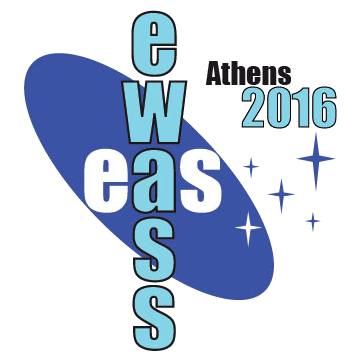
 A power cut will shut down all EAS services on Tuesday, 10 January 2017 starting at 7:30 CET.
A power cut will shut down all EAS services on Tuesday, 10 January 2017 starting at 7:30 CET.


